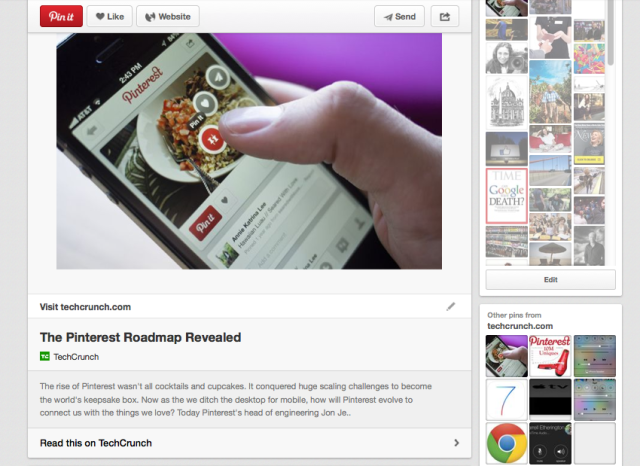3 Places Where Bloggers are Missing Calls-to-Action
Calls-to-action, or CTAs, are necessary for any business’s website. Believe it or not, “Click here!” “Buy now” and “Call for more info,” actually help persuade the reader to do just those things. A good CTA can vastly improve any business’s conversion rate.
But what does that have to do with bloggers? You aren’t trying to sell a product!
The truth is that every website, including blogs, has an objective. As a blogger, you are actually selling something – yourself! CTAs can be just as effective in starting conversations, generating engagement on social media, and gathering subscriptions as it can be for selling products.
Within Posts
Every blog post should end with some sort of CTA. It can direct the reader to another website, to a webpage within your blog, or to comment. Sometimes we think calls-to-action must be some sort of command, like “call now.” In fact, asking questions of your reader is a CTA. Something as simple as “what are your experiences with this product/situation? I’d love to hear your story!” can inspire the reader to leave a comment.
On Social Media
The most frequent CTAs you’ll see on social media are “like” “share” “comment” “+1” and more, depending on which website or app you’re using. You might see “Like our photo to enter a contest” or “Share if you like tacos!” Because these are the most common, they can also be the most annoying. You can use them, but be careful and only do so sparingly. Too many posts with those “cheap” kinds of CTAs will look spammy to your fans. If you want to start a conversation on social media, use the same question CTA that you would use above. You can even use the exact same one as the one within your post. For social media channels like Instagram, Twitter, or Pinterest, directing the reader to your website is probably the only CTA you can use with your limited space.
On Your Website
CTAs on your website should either direct the reader to another part of your website, or get them to share your blog posts. For example, social media buttons are a CTA, even though they are images and not words. They still prompt the viewer to share your content or follow you. Include floating buttons within each post or static ones at the end of the post. Definitely have links to your accounts on your “About Me” page.
Many bloggers also choose to create badges or buttons for their most popular posts. WordPress plugins or design modifications can share your most Pinned posts, your most recent posts, word clouds, tags, related posts, blogs you read, and more on the sidebar of your blog. All of these will keep your reader where you want them.
Have you experimented with different CTAs? What works best for you?



